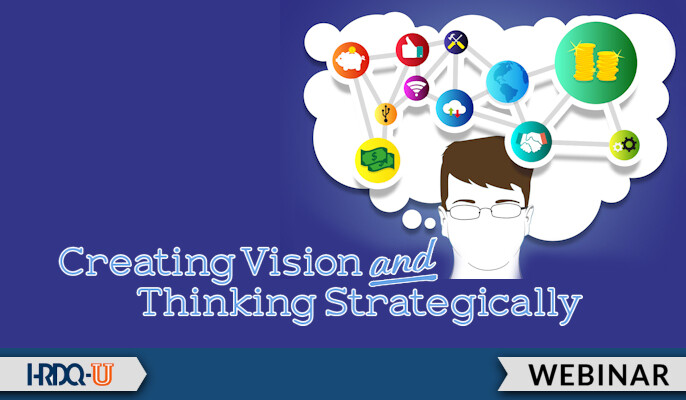Defining Leadership
If we define “leadership” as achieving results through the work of others, everyone in the organization, regardless of title or office size, performs leadership behaviors. Unless an employee’s job duties can be successfully executed without contact with others, he or she must be able to effectively communicate, inspire and motivate, provide guidance and feedback, and recognize achievements. Sounds an awful lot like leadership to me.
Much has been written about the need for agility, flexibility, and efficiency in today’s volatile, uncertain, complex, and ambiguous business climate (see Leadership Development in a VUCA World). Defining and supporting the leadership role of everyone goes a long way to pushing decision-making down to its lowest level, removing roadblocks and barriers to performance, and improving overall efficiency.
Democratizing Leadership
Democratizing leadership development means rethinking how we develop and deliver leadership skills and seeing everyone as a leader. Most leadership programs I see today focus on competencies by defining what behaviors constitute a leadership attribute like “effective communication,” and use these behaviors as the basis for development. Well and good if every position had the same expected outcomes or results.
Competencies, the knowledge, skills, and behaviors needed to be competent at execution, differ by the expected outcomes of the work performed. Democratized leadership development shifts the focus from the body of knowledge and skills to the expected outcomes and results. For example, the competency effective communication for one set of jobs might be how to communicate with peers or team members while for another could be how to communicate with others who are direct reports. The former would emphasize influence skills, the latter would emphasize delegation and performance monitoring.
Seeing everyone as a leader is not just a squishy platitude; seeing everyone as a leader is a very conscious way to maximize the performance of your entire organization. Expecting everyone to master and use leadership skills matched to their job requirements is common sense. It takes “leadership” out of the lofty domain of a privileged few and makes it expected of all.
















